Raspberry Pi PoE+ HAT Announced
There are tons of accessories for the Raspberry Pi. From cases to cameras and heatsinks or fans, the Raspberry Pi may be outfitted with any number of different parts and pieces for customized projects. Since its debut, the Raspberry Pi Power over Ethernet (PoE) HAT has been one of the most popular Pi add-ons. And on May 24, 2021, the Raspberry Pi Foundation announced its second-generation Raspberry Pi PoE HAT, the PoE+ HAT. Boasting new functionality, it's an improvement over the first-gen PoE HAT. Learn all about the Raspberry Pi PoE+ HAT!
What is the Raspberry Pi PoE HAT?
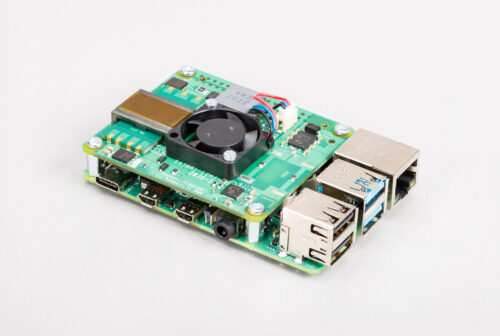
Beginning with the Raspberry Pi 3 B+, Raspberry Pi's flagship single-board computers (SBCs) have featured Power over Ethernet. While the Raspberry Pi 4 includes PoE, the Raspberry Pi Zero and Zero W lack Power over Ethernet support, and Ethernet jacks entirely.
PoE requires a specialized Ethernet jack sporting the ability to transmit an electrical signal for power delivery over Ethernet. A PoE-enabled Ethernet port includes special wiring that connects to a 4-pin header under the top-right mounting hole of the Raspberry Pi. Then, in turn, a Power over Ethernet HAT is able to detect power signals, ask for power from the switch, and is able to regulate the incoming 37-57V DC signal to a standard 5V signal for powering the Raspberry Pi.
What's New About the Raspberry Pi PoE+ HAT?
The original Raspberry Pi PoE HAT debuted in 2018. Now, in May 2021, the second-gen Raspberry Pi Power over Ethernet HAT brings a slew of improvements. Whereas the original PoE HAT operated on the 802.3af for a minimum guaranteed power delivery of 13W to the Raspberry Pi, that wasn't sufficient for a Raspberry Pi 4 board under max load with power-hungry USB devices connected. Adopting the 802.3at, the PoE+ HAT can provide up to 25W. Additionally, its maximum output current has been upgraded from 2.5A to 56A.
Unlike the gen-one PoE HAT, the Power over Ethernet HAT+ which lacked current sensing capabilities, the PoE+ HAT does have current sensing built-in. Additionally, the transformer is a planar design rather than wire-wound. Further, the PoE+ HAT utilizes an improved diode rectifier in the Microchip PD70224ILQ which should lower heat dissipation. Swapping the first-gen PoE HAT's wire-wound transformer for a planar transformer allows the transformer to come in a smaller package that's better for a surface-mount assembly.
PoE+ HAT notable changes:
- 802.3at standard support for up to 25W injector switch delivery
- 5A max. output current, up from 2.5A
- Current sensing capabilities
- Planar transformer design instead of wire-wound
Raspberry Pi PoE+ HAT Specs
- 802.3af and 802.3at standard support
- 5V output voltage
- 5A max. output current
- 25.5W max. power output
- Built-in fan
- Current sense capabilities
- Planar transformer design
- Works with the Raspberry Pi 3 B+ and Rasberry Pi 4 B
- PCB design - 4 layers, 2-ounce copper
Raspberry Pi PoE+ HAT Announced - Final Thoughts
Overall, the new PoE+ HAT features incremental yet significant updates. Added support for the 802.3at standard allows for a maximum power output of 25 Watts which is more than enough to handle a Raspberry Pi 4 B under full-load as well as power-hungry USB peripherals. Likewise, there's a 100% increase in max. current output from 2.5A to 5A alongside a planar transformer design rather than wire-wound which lets the PoE+ HAT operate at a high frequency for winding comprised of thin copper sheets. Combined, these seemingly small tweaks make a major difference in allowing the PoE+ HAT to operate at higher frequencies, handle more power and current, plus dissipate heat better.
Will you be picking up a Raspberry Pi PoE+ HAT? Comment below to let us know!





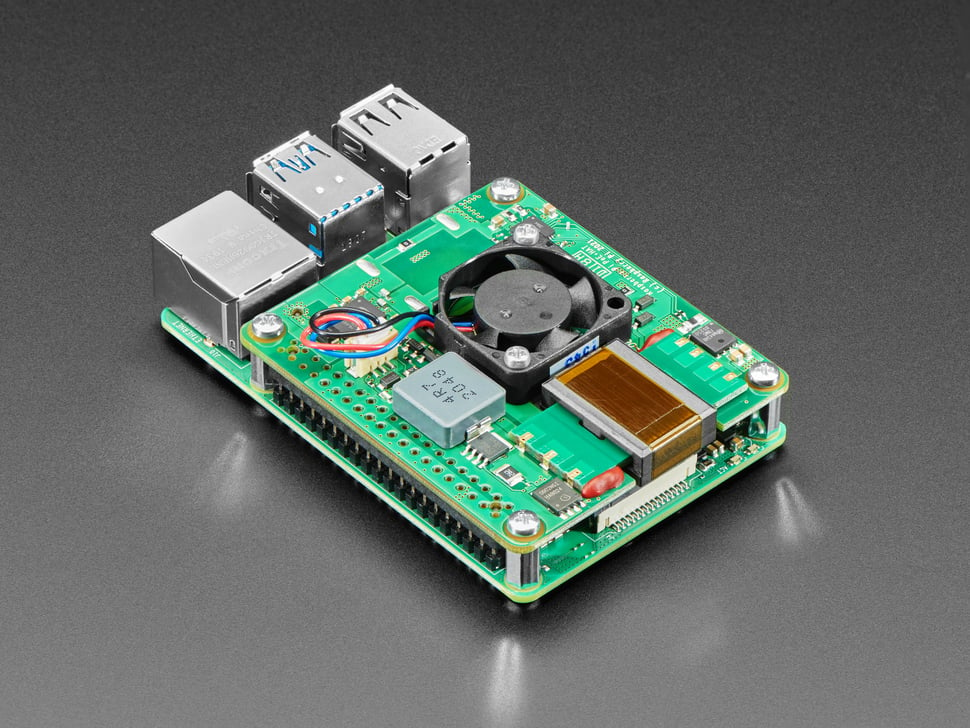


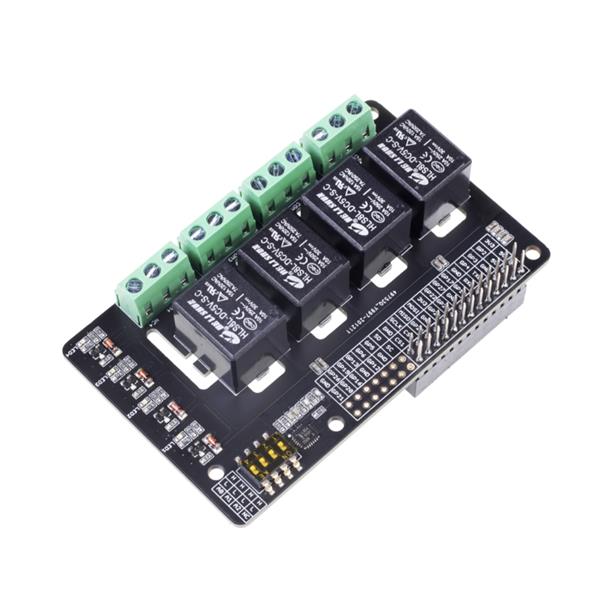
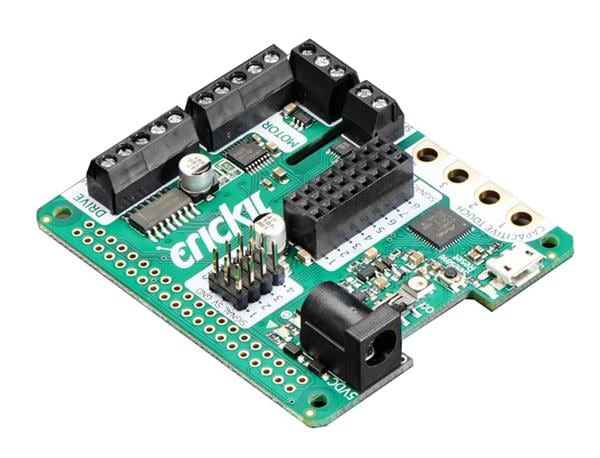
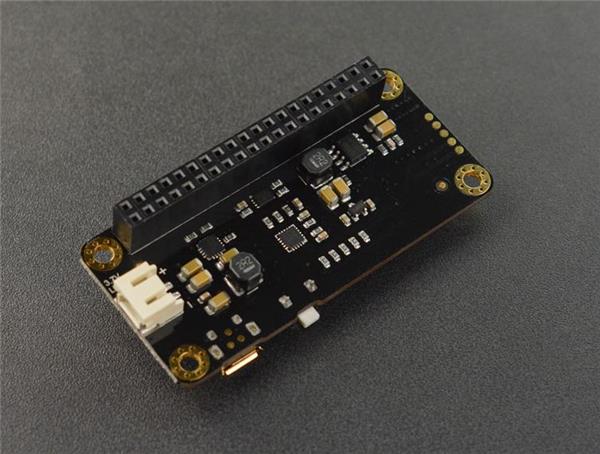
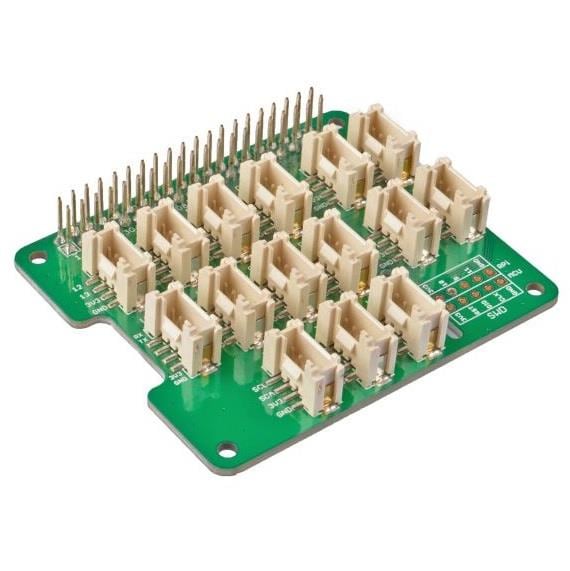


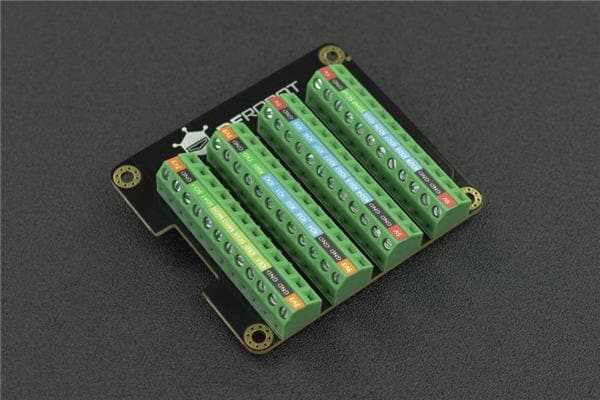
















Leave your feedback...